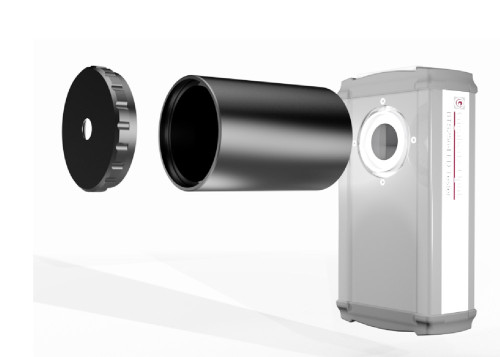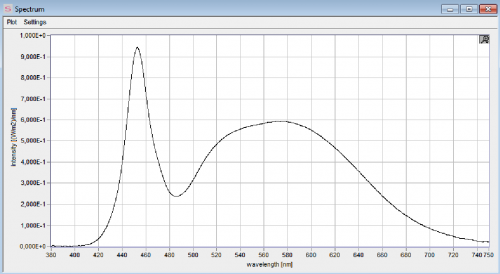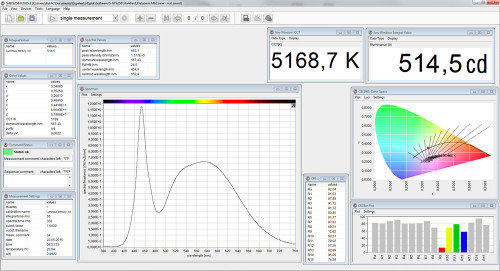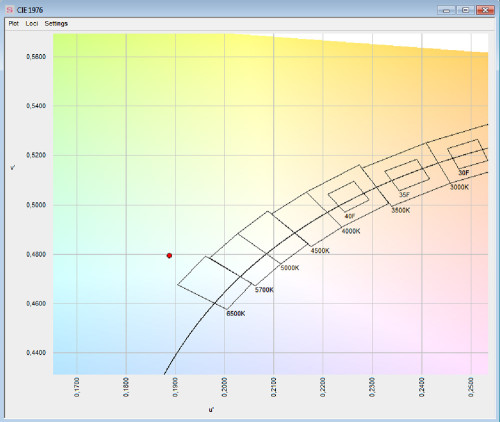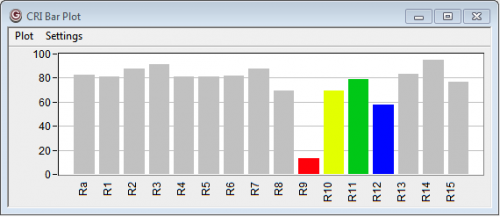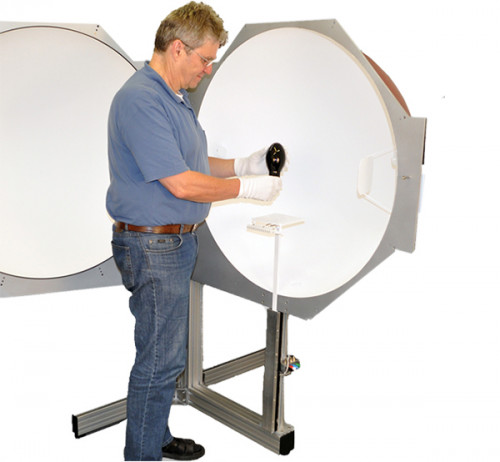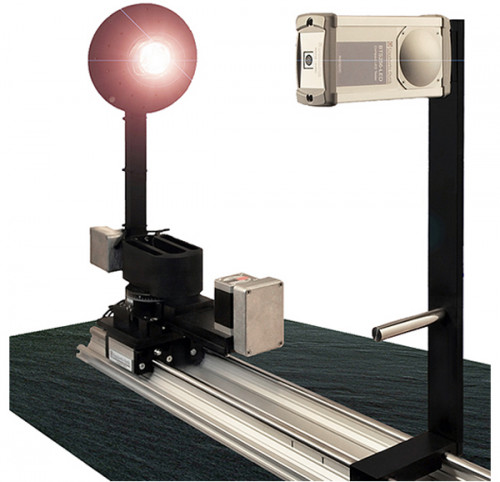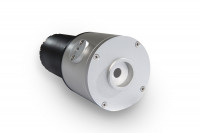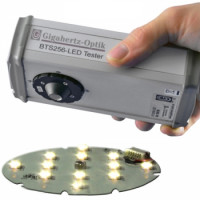请选择您的国家 Aruba Aruba Aruba Afghanistan Afghanistan Afghanistan Angola Angola Angola Anguilla Anguilla Anguilla Åland Åland Åland Albanien Albanien Albanien Andorra Andorra Andorra Vereinigte Arabische Emirate Vereinigte Arabische Emirate Vereinigte Arabische Emirate Argentinien Argentinien Argentinien Armenien Armenien Armenien Amerikanisch-Samoa Amerikanisch-Samoa Amerikanisch-Samoa Antarktis (Sonderstatus durch Antarktisvertrag) Antarktis (Sonderstatus durch Antarktisvertrag) Antarktis (Sonderstatus durch Antarktisvertrag) Französische Süd- und Antarktisgebiete Französische Süd- und Antarktisgebiete Französische Süd- und Antarktisgebiete Antigua und Barbuda Antigua und Barbuda Antigua und Barbuda Australien Australien Australien Österreich Österreich Österreich Aserbaidschan Aserbaidschan Aserbaidschan Burundi Burundi Burundi Belgien Belgien Belgien Benin Benin Benin Bonaire, Saba, Sint Eustatius Bonaire, Saba, Sint Eustatius Bonaire, Saba, Sint Eustatius Burkina Faso Burkina Faso Burkina Faso Bangladesch Bangladesch Bangladesch Bulgarien Bulgarien Bulgarien Bahrain Bahrain Bahrain Bahamas Bahamas Bahamas Bosnien und Herzegowina Bosnien und Herzegowina Bosnien und Herzegowina Saint-Barthélemy Saint-Barthélemy Saint-Barthélemy Weißrussland (Belarus) Weißrussland (Belarus) Weißrussland (Belarus) Belize Belize Belize Bermuda Bermuda Bermuda Bolivien Bolivien Bolivien Brasilien Brasilien Brasilien Barbados Barbados Barbados Brunei Brunei Brunei Bhutan Bhutan Bhutan Bouvetinsel Bouvetinsel Bouvetinsel Botswana Botswana Botswana Zentralafrikanische Republik Zentralafrikanische Republik Zentralafrikanische Republik Kanada Kanada Kanada Kokosinseln Kokosinseln Kokosinseln Schweiz (Confoederatio Helvetica) Schweiz (Confoederatio Helvetica) Schweiz (Confoederatio Helvetica) Chile Chile Chile Volksrepublik China Volksrepublik China Volksrepublik China Elfenbeinküste (Côte d’Ivoire) Elfenbeinküste (Côte d’Ivoire) Elfenbeinküste (Côte d’Ivoire) Kamerun Kamerun Kamerun Demokratische Republik Kongo Demokratische Republik Kongo Demokratische Republik Kongo Republik Kongo Republik Kongo Republik Kongo Cookinseln Cookinseln Cookinseln Kolumbien Kolumbien Kolumbien Komoren Komoren Komoren Kap Verde (Cabo Verde) Kap Verde (Cabo Verde) Kap Verde (Cabo Verde) Costa Rica Costa Rica Costa Rica Kuba Kuba Kuba Curaçao Curaçao Curaçao Weihnachtsinsel Weihnachtsinsel Weihnachtsinsel Cayman Islands (Kaimaninseln) Cayman Islands (Kaimaninseln) Cayman Islands (Kaimaninseln) Zypern Zypern Zypern Tschechien Tschechien Tschechien Deutschland Deutschland Deutschland Dschibuti Dschibuti Dschibuti Dominica Dominica Dominica Dänemark Dänemark Dänemark Dominikanische Republik Dominikanische Republik Dominikanische Republik Algerien Algerien Algerien Ecuador Ecuador Ecuador Ägypten Ägypten Ägypten Eritrea Eritrea Eritrea Westsahara Westsahara Westsahara Spanien Spanien Spanien Estland Estland Estland Äthiopien Äthiopien Äthiopien Finnland Finnland Finnland Fidschi Fidschi Fidschi Falklandinseln Falklandinseln Falklandinseln Frankreich Frankreich Frankreich Färöer Färöer Färöer Mikronesien Mikronesien Mikronesien Gabun Gabun Gabun Vereinigtes Königreich (Großbritannien und Nordirland) Vereinigtes Königreich (Großbritannien und Nordirland) Vereinigtes Königreich (Großbritannien und Nordirland) Georgien Georgien Georgien Guernsey (Kanalinsel) Guernsey (Kanalinsel) Guernsey (Kanalinsel) Ghana Ghana Ghana Gibraltar Gibraltar Gibraltar Guinea Guinea Guinea Guadeloupe Guadeloupe Guadeloupe Gambia Gambia Gambia Guinea-Bissau Guinea-Bissau Guinea-Bissau Äquatorialguinea Äquatorialguinea Äquatorialguinea Griechenland Griechenland Griechenland Grenada Grenada Grenada Grönland Grönland Grönland Guatemala Guatemala Guatemala Französisch-Guayana Französisch-Guayana Französisch-Guayana Guam Guam Guam Guyana Guyana Guyana Hongkong Hongkong Hongkong Heard und McDonaldinseln Heard und McDonaldinseln Heard und McDonaldinseln Honduras Honduras Honduras Kroatien Kroatien Kroatien Haiti Haiti Haiti Ungarn Ungarn Ungarn Indonesien Indonesien Indonesien Isle of Man Isle of Man Isle of Man Indien Indien Indien Britisches Territorium im Indischen Ozean Britisches Territorium im Indischen Ozean Britisches Territorium im Indischen Ozean Irland Irland Irland Iran Iran Iran Irak Irak Irak Island Island Island Israel Israel Israel Italien Italien Italien Jamaika Jamaika Jamaika Jersey (Kanalinsel) Jersey (Kanalinsel) Jersey (Kanalinsel) Jordanien Jordanien Jordanien Japan Japan Japan Kasachstan Kasachstan Kasachstan Kenia Kenia Kenia Kirgisistan Kirgisistan Kirgisistan Kambodscha Kambodscha Kambodscha Kiribati Kiribati Kiribati St. Kitts und Nevis St. Kitts und Nevis St. Kitts und Nevis Südkorea Südkorea Südkorea Kuwait Kuwait Kuwait Laos Laos Laos Libanon Libanon Libanon Liberia Liberia Liberia Libyen Libyen Libyen St. Lucia St. Lucia St. Lucia Liechtenstein Liechtenstein Liechtenstein Sri Lanka Sri Lanka Sri Lanka Lesotho Lesotho Lesotho Litauen Litauen Litauen Luxemburg Luxemburg Luxemburg Lettland Lettland Lettland Macau Macau Macau Saint-Martin (französischer Teil) Saint-Martin (französischer Teil) Saint-Martin (französischer Teil) Marokko Marokko Marokko Monaco Monaco Monaco Moldau (Moldawien) Moldau (Moldawien) Moldau (Moldawien) Madagaskar Madagaskar Madagaskar Malediven Malediven Malediven Mexiko Mexiko Mexiko Marshallinseln Marshallinseln Marshallinseln Nordmazedonien Nordmazedonien Nordmazedonien Mali Mali Mali Malta Malta Malta Myanmar (Burma) Myanmar (Burma) Myanmar (Burma) Montenegro Montenegro Montenegro Mongolei Mongolei Mongolei Nördliche Marianen Nördliche Marianen Nördliche Marianen Mosambik Mosambik Mosambik Mauretanien Mauretanien Mauretanien Montserrat Montserrat Montserrat Martinique Martinique Martinique Mauritius Mauritius Mauritius Malawi Malawi Malawi Malaysia Malaysia Malaysia Mayotte Mayotte Mayotte Namibia Namibia Namibia Neukaledonien Neukaledonien Neukaledonien Niger Niger Niger Norfolkinsel Norfolkinsel Norfolkinsel Nigeria Nigeria Nigeria Nicaragua Nicaragua Nicaragua Niue Niue Niue Niederlande Niederlande Niederlande Norwegen Norwegen Norwegen Nepal Nepal Nepal Nauru Nauru Nauru Neuseeland Neuseeland Neuseeland Oman Oman Oman Pakistan Pakistan Pakistan Panama Panama Panama Pitcairninseln Pitcairninseln Pitcairninseln Peru Peru Peru Philippinen Philippinen Philippinen Palau Palau Palau Papua-Neuguinea Papua-Neuguinea Papua-Neuguinea Polen Polen Polen Puerto Rico Puerto Rico Puerto Rico Nordkorea Nordkorea Nordkorea Portugal Portugal Portugal Paraguay Paraguay Paraguay Palästina Palästina Palästina Französisch-Polynesien Französisch-Polynesien Französisch-Polynesien Katar Katar Katar Réunion Réunion Réunion Rumänien Rumänien Rumänien Russland Russland Russland Ruanda Ruanda Ruanda Saudi-Arabien Saudi-Arabien Saudi-Arabien Sudan Sudan Sudan Senegal Senegal Senegal Singapur Singapur Singapur Südgeorgien und die Südlichen Sandwichinseln Südgeorgien und die Südlichen Sandwichinseln Südgeorgien und die Südlichen Sandwichinseln St. Helena, Ascension und Tristan da Cunha St. Helena, Ascension und Tristan da Cunha St. Helena, Ascension und Tristan da Cunha Spitzbergen und Jan Mayen Spitzbergen und Jan Mayen Spitzbergen und Jan Mayen Salomonen Salomonen Salomonen Sierra Leone Sierra Leone Sierra Leone El Salvador El Salvador El Salvador San Marino San Marino San Marino Somalia Somalia Somalia Saint-Pierre und Miquelon Saint-Pierre und Miquelon Saint-Pierre und Miquelon Serbien Serbien Serbien Südsudan Südsudan Südsudan São Tomé und Príncipe São Tomé und Príncipe São Tomé und Príncipe Suriname Suriname Suriname Slowakei Slowakei Slowakei Slowenien Slowenien Slowenien Schweden Schweden Schweden Eswatini[3] Eswatini[3] Eswatini[3] Sint Maarten Sint Maarten Sint Maarten Seychellen Seychellen Seychellen Syrien Syrien Syrien Turks- und Caicosinseln Turks- und Caicosinseln Turks- und Caicosinseln Tschad Tschad Tschad Togo Togo Togo Thailand Thailand Thailand Tadschikistan Tadschikistan Tadschikistan Tokelau Tokelau Tokelau Turkmenistan Turkmenistan Turkmenistan Osttimor (Timor-Leste) Osttimor (Timor-Leste) Osttimor (Timor-Leste) Tonga Tonga Tonga Trinidad und Tobago Trinidad und Tobago Trinidad und Tobago Tunesien Tunesien Tunesien Türkei Türkei Türkei Tuvalu Tuvalu Tuvalu Taiwan Taiwan Taiwan Tansania Tansania Tansania Uganda Uganda Uganda Ukraine Ukraine Ukraine United States Minor Outlying Islands United States Minor Outlying Islands United States Minor Outlying Islands Uruguay Uruguay Uruguay Vereinigte Staaten Vereinigte Staaten Vereinigte Staaten Usbekistan Usbekistan Usbekistan Vatikanstadt Vatikanstadt Vatikanstadt St. Vincent und die Grenadinen St. Vincent und die Grenadinen St. Vincent und die Grenadinen Venezuela Venezuela Venezuela Britische Jungferninseln Britische Jungferninseln Britische Jungferninseln Amerikanische Jungferninseln Amerikanische Jungferninseln Amerikanische Jungferninseln Vietnam Vietnam Vietnam Vanuatu Vanuatu Vanuatu Wallis und Futuna Wallis und Futuna Wallis und Futuna Samoa Samoa Samoa Jemen Jemen Jemen Südafrika Südafrika Südafrika Sambia Sambia Sambia Simbabwe Simbabwe Simbabwe
